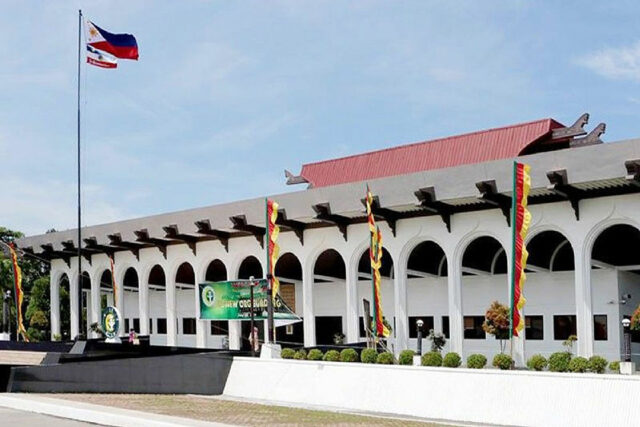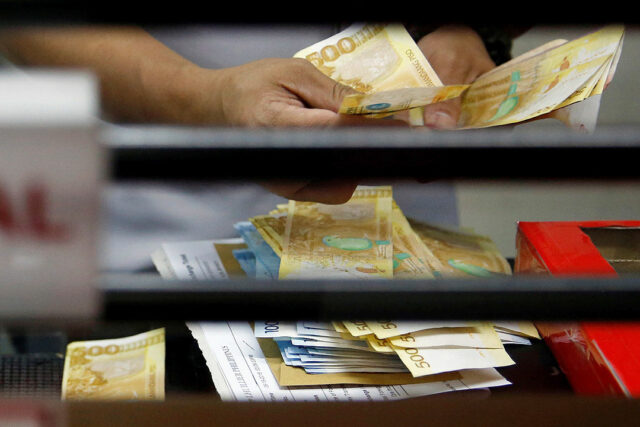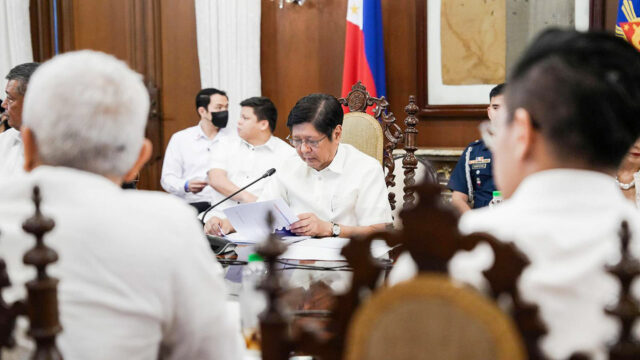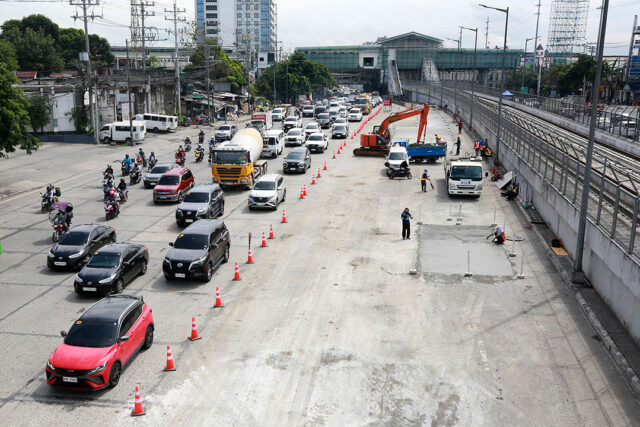Imported rice labeling fools buyers into paying more, Agri dep’t says
THE Department of Agriculture (DA) announced a crackdown on imported rice labeling, saying some retailers are employing deceptive practices to jack up prices.
“After conducting a series of market visits, we now have reason to believe that some retailers and traders are intentionally confusing Filipino consumers with branded imports to justify the high prices of rice,” Agriculture Secretary Francisco P. Tiu Laurel, Jr. said in a statement Thursday.
The DA said the labeling practices are a means of “inflating prices and exploiting consumers.”
Ordering the removal of brand names, the DA also banned the use of marketing terms like “premium” and “special” in the imported-rice trade, which it said were pretexts for charging more.
“Importing rice is not a right but a privilege. If traders are unwilling to follow our regulations, we will withhold permits for rice imports,” Mr. Laurel said.
The DA called a markup of P6 to P8 per kilo from the landed cost of imported rice a reasonable profit beneficial to all.
The DA is also considering other measures to address price volatility, including invoking a food security emergency under the Rice Tariffication Law to allow for the release of rice held in reserve by the National Food Authority.
Mr. Laurel is also considering allowing Food Terminal, Inc., among others, to import significant quantities of rice to provide competition for private importers and to study whether the provisions of the Consumer Price Act can be activated to deal with profiteering.
He also proposed enlisting the departments of Finance and Trade in auditing the financial records of rice traders and in assisting in monitoring rice prices, respectively.
According to the DA, prices of some rice brands have remained stubbornly high despite the reduction of the rice tariff to 15% from 35% in July.
Special imported commercial rice sells for between P54 and P64, while imported premium and well-milled rice fetches P52-P60 and P40-P56, respectively, the DA reported on Dec. 20. — Justine Irish D. Tabile












